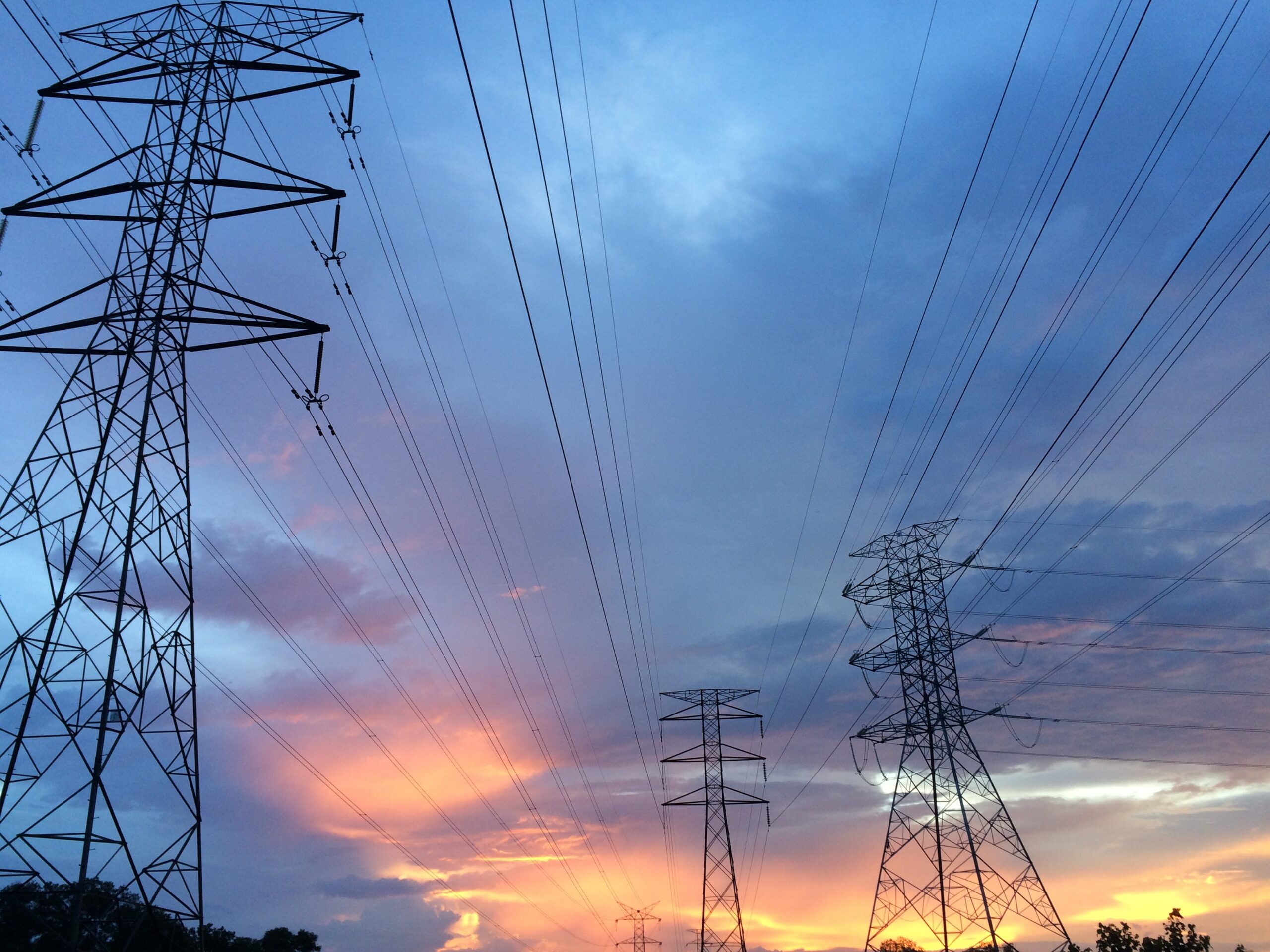Click here to download the report “Development of a transition pathway towards a close to net-zero electricity sector in Italy by 2035”
Click here to download the report “Policies for a decarbonised power system in Italy by 2035″
Today, the power sector in Italy is heavily dependent on fossil fuels, which are the main cause of greenhouse gas emissions. However, producing electricity 100 percent from renewable energy sources is possible, on the condition that this is accompanied by technological development and policies aimed at encouraging and accelerating the transition.
ECCO and Artelys’s study, commissioned by Greenpeace Italy, Legambiente, and WWF Italy, defines the characteristics of an essentially decarbonised power system in Italy by 2035, proposing an analysis of the needs in terms of production, technologies, and enabling policies.
The study consists of two documents:
- Development of a transition pathway towards a close to net-zero electricity sector in Italy by 2035, available here.
- Policies for a decarbonised power system in Italy by 2035, available here, in Italian (The English version will be available soon).
The first document includes assumptions and results of the simulations regarding an essentially decarbonised power system by 2035, with an intermediate step to 2030. This document contains proposals mainly in terms of production and technologies. The second document advances, on the other hand, a set of policy recommendations to attain this scenario. The study assesses the most cost-effective path to ensure both decarbonisation and energy security targets.
The study shows that a decarbonised power system by 2035 will require:
- To increase of more than 90 GW the installed capacity of renewables compared with 2021 levels.
- A marked change of pace in the annual installation rate of renewable capacity (about 8 times more than current levels), with target of about 250 GW of installed capacity of renewables by 2035.
- Flexibility, which plays a central role on different timescales (daily, weekly, seasonal). This will require a mix of technologies, including shiftable demand (demand response), batteries, grids, and electrolysers.
- To make the contribution of natural gas almost zero by 2035. Some of the thermal power stations will still be used with hydrogen and biogas.
The scenario:
- Does not provide for Carbon Capture and Storage (CCS) practices. This is an excessively burdensome technology, which also depends on synergies with the Oil & Gas supply chain.
- Sets a limit on the amount of imported energy, to avoid that the system excessively relies on foreign energy supplies, also aligned with energy security goals.
- Implies the attainment of a level of investment in batteries that is not less than the estimates by European grid operators.
- Sets a limit on power generation capacity from biomass.
- Considers sufficient green hydrogen production for the industry.
For the decarbonised system by 2035 to be attained at the lowest possible cost, a series of enabling policies will be needed:
- The consistency of the National Energy and Climate Plan (NECP) with decarbonisation and renewable increase targets and their monitoring.
- Interventions in the authorisation process of renewable plants and enabling infrastructure.
- The implementation of the new electricity dispatching with the integration of all flexibility sources (including demand response through aggregators and non-programmable renewable sources).
- The facilitation of the deployment of long-term energy marketing contracts of new renewable plants.
- The enabling of energy efficiency and consumer demand response (industrial, commercial, private) through dynamic pricing and consistent indications, which include the elimination of fossil fuel subsidies, in bills.
- The updating of the incentive system for grid operators, in order to enhance distributed flexibility resources and empower distributors.
- The elimination of investments in the power system that are inconsistent with decarbonisation targets.
ECCO and Artelys’s study was presented at the event “100% Renewables by 2035”, which took place on 12 June 2023 at the Hotel Nazionale in Rome.
The recording of the launch event is available here.





